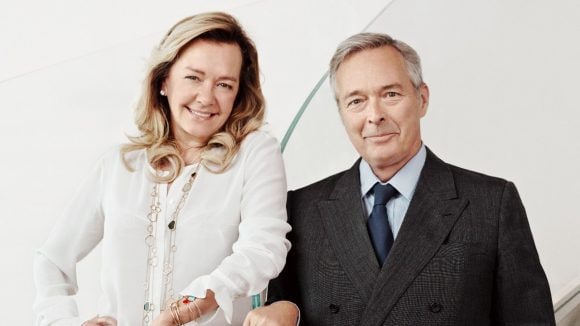Career
Chopard: thanks to smart succession planning
From a small business to a global brand: Chopard stands for watches and jewelry as well as for a closely-knit family business.

![]()
header.search.error
Career
From a small business to a global brand: Chopard stands for watches and jewelry as well as for a closely-knit family business.

Polishing watches and carrying suitcases
Karl-Friedrich Scheufele was 16 years old when he was allowed to accompany his father Karl on a business trip to Vienna. This gave him the chance to watch how the big boss conducted business talks. He was also permitted to write down orders. One of his other duties was to carry the suitcases. He was also entrusted with polishing the watches in the evening so that they would shine in the best light the next day. His younger sister Caroline had similar experiences. “We were often allowed to go to interesting places,” she explains – the Basel Watch Fair, for example. Chopard’s stand was still relatively tiny, and everyone had to lend a hand.
We were often allowed to go to interesting places.
Matters of the heart should still have a place in hard business.
It all starts with the product.
Because a personal conversation is worth a lot
What can we do for you? We’re happy to address your concerns directly. You can contact us in the following ways: